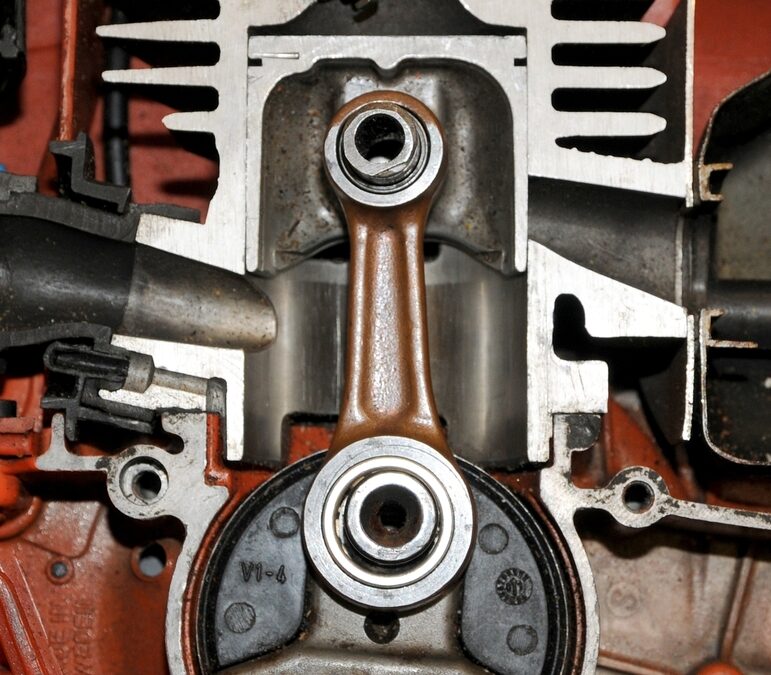While simplified to each being internal combustion engines, 2-stroke and 4-stroke engines vary greatly in engineering and also in how you must maintain them. We look at some of the nuances between these two common engine types and take a specific look at the maintenance differences between 2-stroke and 4-stroke engines.
1. Different Lubrication Systems
A key difference between 2-stroke and 4-stroke engines centers around how each processes lubricant. A 2-stroke engine calls for oil to be mixed with the fuel. It can also be injected directly into the engine itself. These engines also require the oil to be changed or replenished on a regular basis. So, while a 2-stroke engine is less complex it does mean that you will need to pay more attention to, and ultimately consume more, oil.
A 4-stroke engine has its own dedicated oil sump and filter. This means that you will need to keep an eye on oil levels and consumption as well as the filter itself. You might find that the filter requires routine replacement. However, a key benefit here is that the 4-stroke engine runs cleaner and uses less oil during normal operation.
2. The Frequency of Service or Maintenance
Another maintenance difference between 2-stroke and 4-stroke engines is how often maintenance is needed. A 2-stroke engine operates at higher RPMs. This means that the engine will likely wear down a little more quickly. As a result, you might find that your 2-stroke engine calls for more attention or a more robust maintenance schedule. You might also find that there is more frequent need for small engine repair and part replacement.
On the other hand, the 4-stroke engine operates more efficiently and does more at a lower RPM setting. As a result, you can expect longer intervals between services. Not only does this mean you save money on maintenance but its more efficient combustion system means that the 4-stroke engine is more durable and should last longer than its 2-stroke counterpart.
3. The Complexity of the Engine Makes a Difference
By now, you’re likely thinking that the 4-stroke engine is the better choice. From a general engineering perspective, this is true, but it ignores the economics and use-cases of the different engine technology. Your primary reason to buy a 2-stroke engine is cost. Because the 2-stroke engine is less complex, it has fewer moving parts, is lightweight and easier to disassemble. This means that it’s easier to maintain and cheaper to work on.
The 4-stroke engine is more complicated. It has more parts including valves and camshafts. It’s heavier and takes more time and money to service. However, as mentioned, it will need less service over the course of its lifespan than the 2-stroke engine.
If you still have questions on the maintenance differences between 2-stroke and 4-stroke engines, then we invite you to give us a call or drop by one of our convenient locations. Our small-engine specialists will help you find the perfect outdoor power equipment for your needs and budget. Whether you’re looking for professional-grade hardware or residential-grade mowers, blowers and anything in between, Classic Turf Equipment is Dallas-Fort Worth’s most trusted outdoor power equipment sales and service company.


Recent Comments